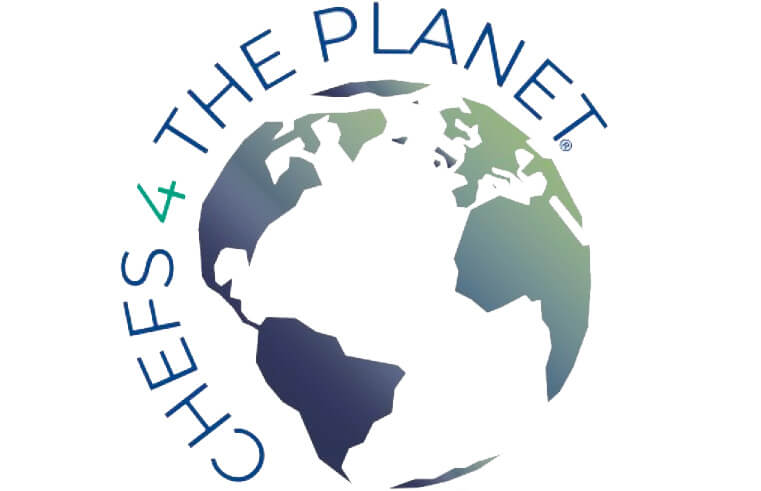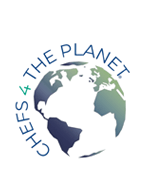- Blue foods tend to be ignored in discussions about how to feed the world’s growing population sustainably.
- But aquatic food has a major role to play in the future of our global food system.
- A new project sets out to lay the foundation for better understanding blue foods and integrating them into food system decisions.
Fish are food. We know that. And yet, in discussions about the future of food, that simple fact tends to be forgotten. When world leaders gather for the UN Food System Summit next year, fish and other aquatic foods need to be on the table.
We confront a daunting challenge. How do we provide a healthy diet to 10 billion people in a way that the Earth can sustain? Deliberations on this question tend to quickly centre on questions of livestock, and row crops, and the marvels of biotech. Yet our current fixation on land-based food production has come at enormous cost. Agriculture is the principal driver of deforestation and biodiversity loss around the world and is responsible for around 30% of greenhouse gas emissions.
The environmental footprints of aquatic foods (‘blue foods’) can vary significantly. Some fisheries and farms are responsible for significant greenhouse gas emissions or ecological impacts. But many aquatic foods outcompete terrestrial livestock in terms of environmental impacts. One reason is that compared to terrestrial animals, fish do not need to waste energy on maintaining body temperature or combating gravity and can invest more of their metabolic energy into growth.
Blue foods are already a principal source of protein for some 3 billion people. In many of the most vulnerable countries, they are also an essential source of vital micronutrients, such as iron and zinc, and constitute a key preventive measure against premature deaths and stunting.
Given their relative health benefits, comparatively small environmental footprint, and the potential for a substantial expansion of global production, foods from ocean and freshwater systems have a key role to play in achieving both a healthy and sustainable food system. Yet many discussions of food neglect blue foods altogether. And when they do include blue foods, they tend to deal with them in sweeping generalizations – typically calling for massive expansion of aquaculture.
Read the full article here: https://www.weforum.org/discom?bobulate=aUloHx/qrbFJUJ%2BZufUFK0uu22%2B/1/E32I%2BSZIar3fwL7wxVFdFMRq8Js13n%0A6rcXMtn8Rnr/SzG0EY/CLlFiDQ%3D%3D%0A


